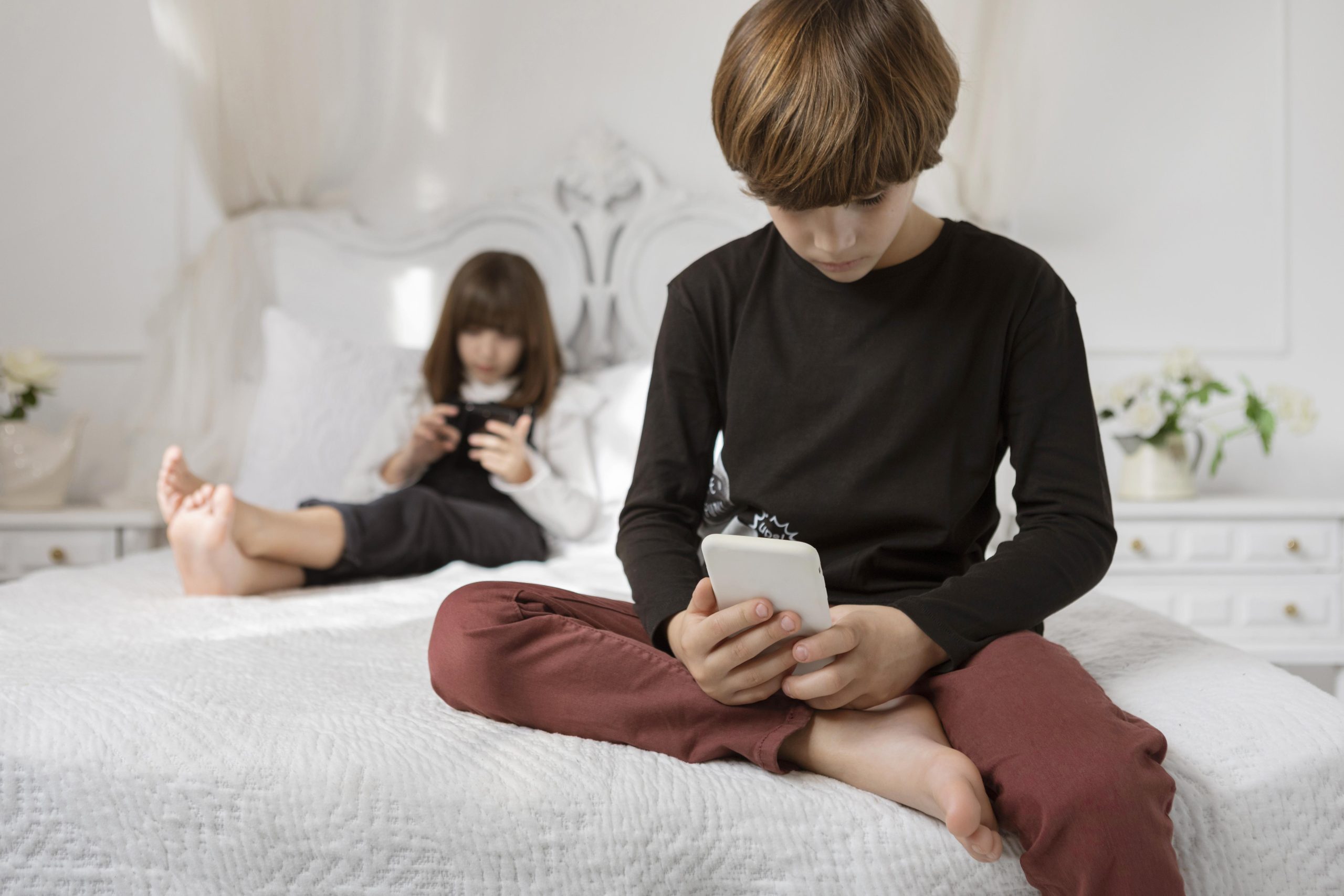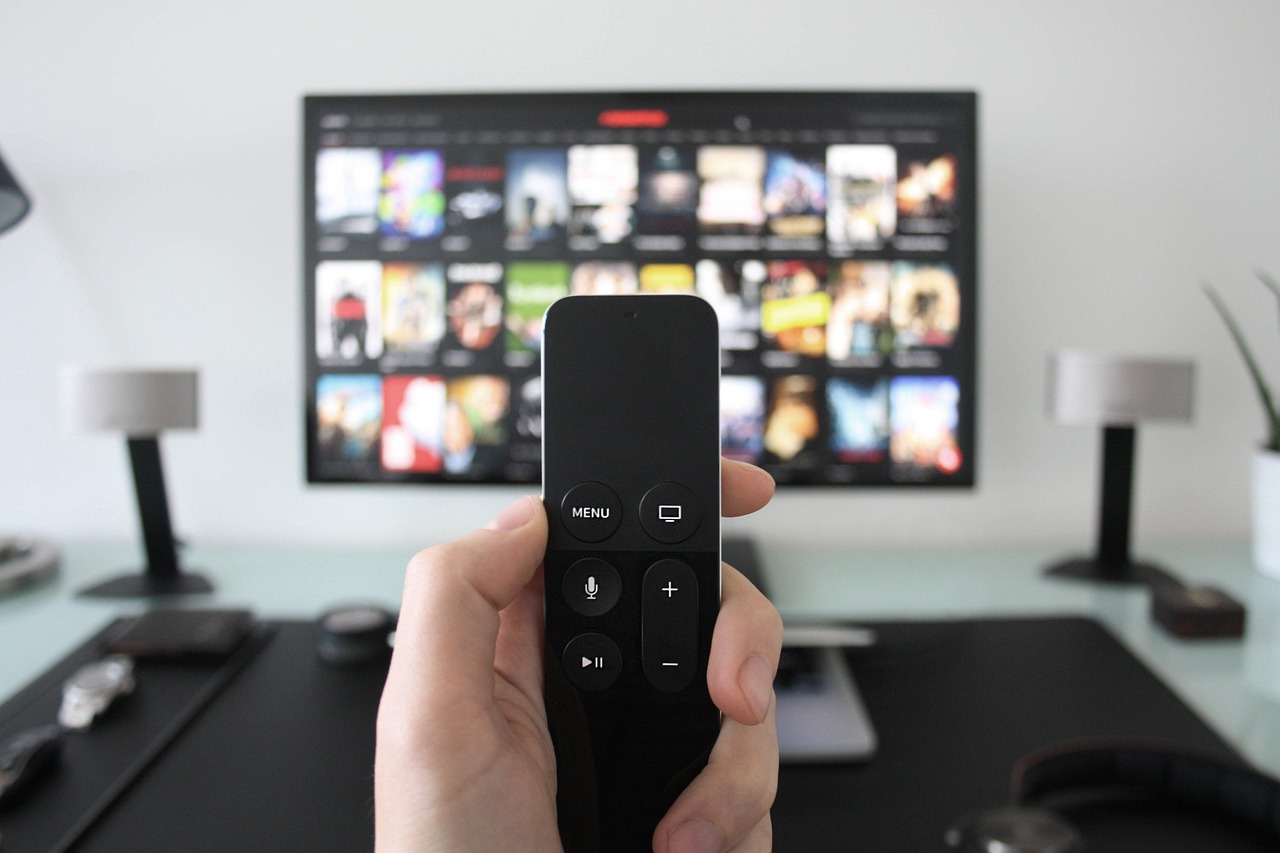Nevertheless, content filtering does offer some advantages. For example, it can help protect users from malicious software which could harm their computer or steal personal information. Additionally, it can restrict access to sites known for distributing illegal content such as pirated movies or music files. Furthermore, businesses often use content filtering to control what employees can view online during working hours – ensuring productivity remains high and business networks remain secure.
Overall, Content Filtering is an effective way of limiting users' internet activity; however care needs to be taken when deploying such measures so they are not excessively restrictive. By striking a balance between security concerns and individual freedom, organizations can ensure that their policies comply with ethical principles without compromising user experience.

